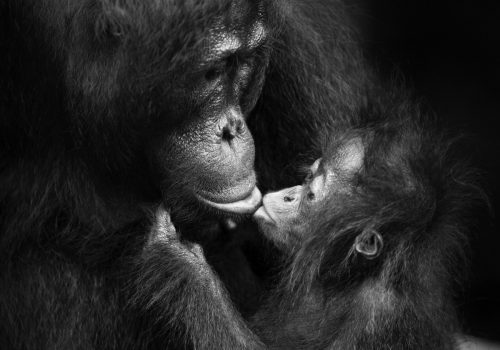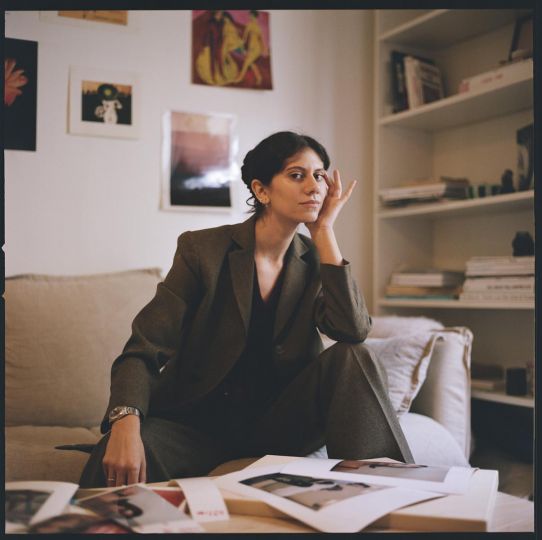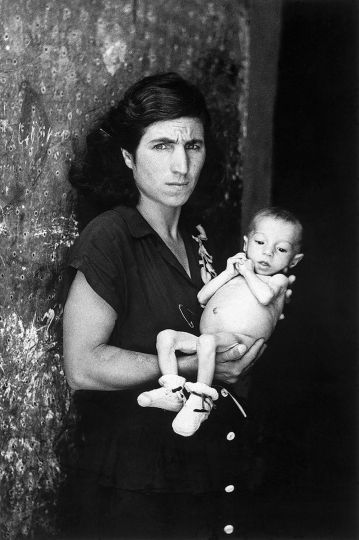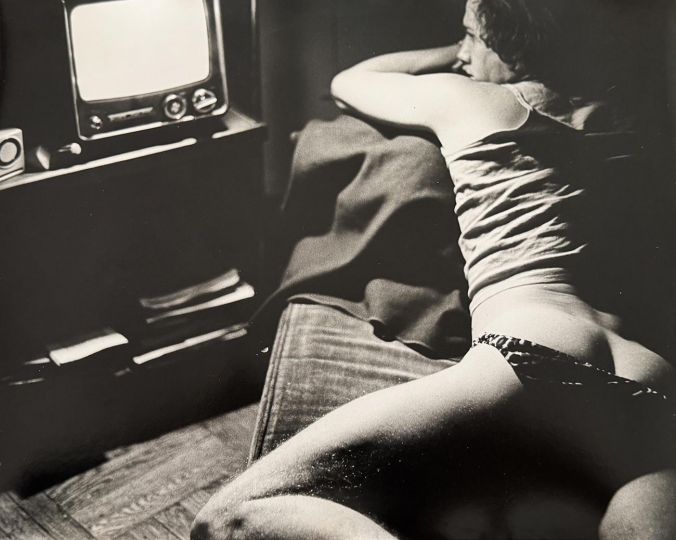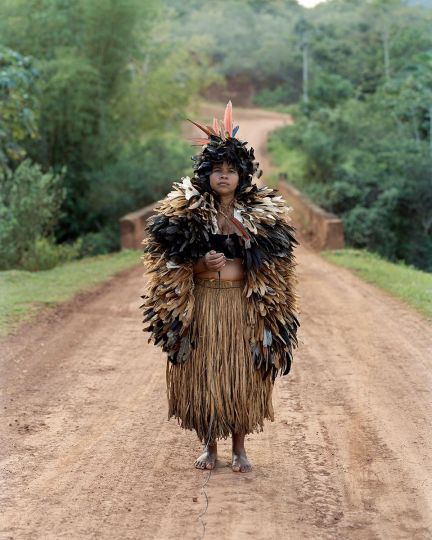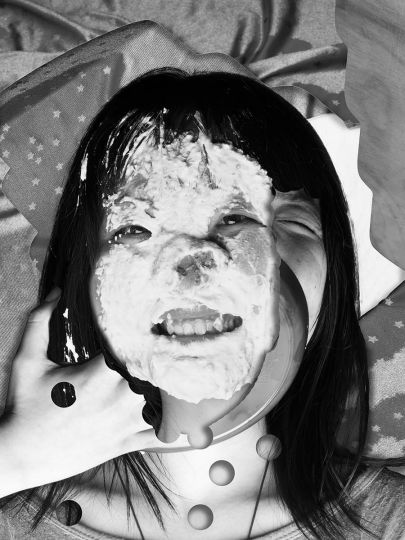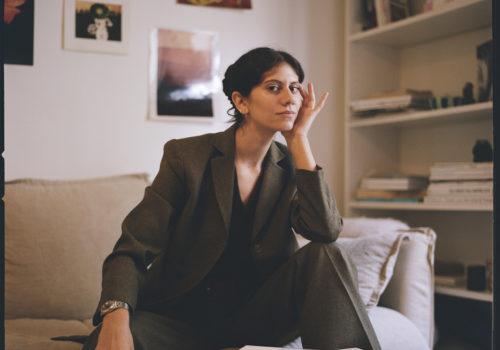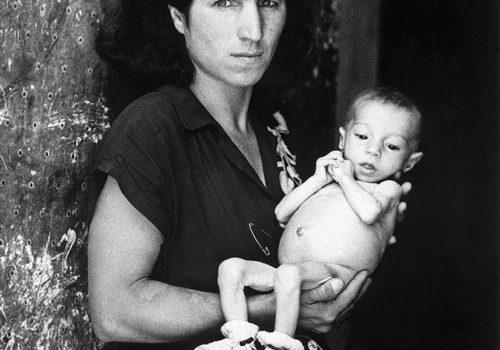The Spanish photographer immortalized our cousins, the great primates, in vivid and striking portraits. Gorillas, chimpanzees, bonobos … they all surrendered to the lens of Isabel Muñoz who has made them a cause to face up to: the threat of extinction. These images come to testify to this programmed disappearance. Isabel Muñoz confided to The Eye of Photography.
First of all, I would like to know where did you get this idea of photographing great apes?
For me it was a real discovery! At the time, in the 2000s, I worked in Ethiopia, on people who use their body as a vector of expression. I wanted to work in the Amazon, but I did not receive the necessary authorizations. So I went to Papua New Guinea and that’s where I met the monkeys. Until then, I did not think of devoting myself to a subject that came from the wilderness. I told myself that I was going to confine myself to human beings, that I had nothing to contribute to the already sublime nature in itself! And then, I realized that there was something to do with great apes.
How did you photograph them?
It all started with a gorilla I was going to see at the Madrid Zoo. I was able to photograph him several times and I noticed that he was falling in love with his guardian, Sandra. It was so moving to watch. So, I started with this gorilla, then I went to the Democratic Republic of Congo several times to see the big mountain gorillas, the ones that Dian Fossey was studying at the time. It was a very beautiful discovery.
What marked you?
Lots of things ! Great apes, first, have feelings towards each other. I saw them love and be jealous of each other. It’s pretty amazing! Also, they make exchanges. Like us with trade, great apes exchange materials and products. For example, I saw a gorilla crack nuts before trading with another. The bonobos, as soon as they are angry with each other, make love. It’s very funny and very beautiful. And then, they were aware that I was photographing them. There is even a bonobo who imitated the lens of my camera with his hand while looking at me! When you see things like that, you can not deny that they have feelings, that they are living beings endowed with sensitivity and emotions. They are like us!
Is your work also a way to save the memory of living beings who are threatened with extinction?
Perhaps. In any case, it is certain that great apes are threatened, terribly threatened. Many scientists warn that they are in danger of disappearing in the future. So, yes, there is a bit of that. Let’s say I want to pay homage to them and in that sense, I can say that I try to save them, in my own way. You know, my meeting with the great apes changed me. For example, I have trouble looking at the first work I did around bullfighting. From now on, I have scruples. I think of the suffering of animals.
When I saw your work on the great apes for the first time, I was impressed, but I also thought about the photographs of Edward Curtis who was doing the portraits of the Plains Indians at the dawn of the twentieth century and who also saved their memory …
It is true ! Curtis did some very beautiful photographs … I do not know if we can compare this work to Curtis’, but it’s true that the context is similar. In all cases, these are endangered species that I took in photography. I saw poachers tearing children away from their mother’s. Who can do that? And do not tell me that the monkeys do not suffer … I saw their suffering. Now, we must fight to save them!
“In secret, the monkeys like to contemplate the men, and, softly, the men do not stop to glance at the monkeys. Because they are from the same family (…) “says a character from a play by Bernard-Marie Koltès, The return to the desert. You agree ?
I did not know this text! Yes, absolutely, there is truth in there. What is certain is that we learn a lot of things by looking at them. For example, they have incredible knowledge of plants and use them to heal themselves. I even saw a father feeding a child whose mother had died and who could not breastfeed like her, but who replaced mother’s milk with herbs. I also saw gorillas make love and I saw the enjoyment of the female, it was amazing! I did not take a picture of that moment, but it is engraved in me. I must say that great apes have profoundly influenced my way of thinking about my photography. Perhaps my last work, presented at Deauville and devoted to horses, comes from there.
Interviewed by Jean-Baptiste Gauvin

